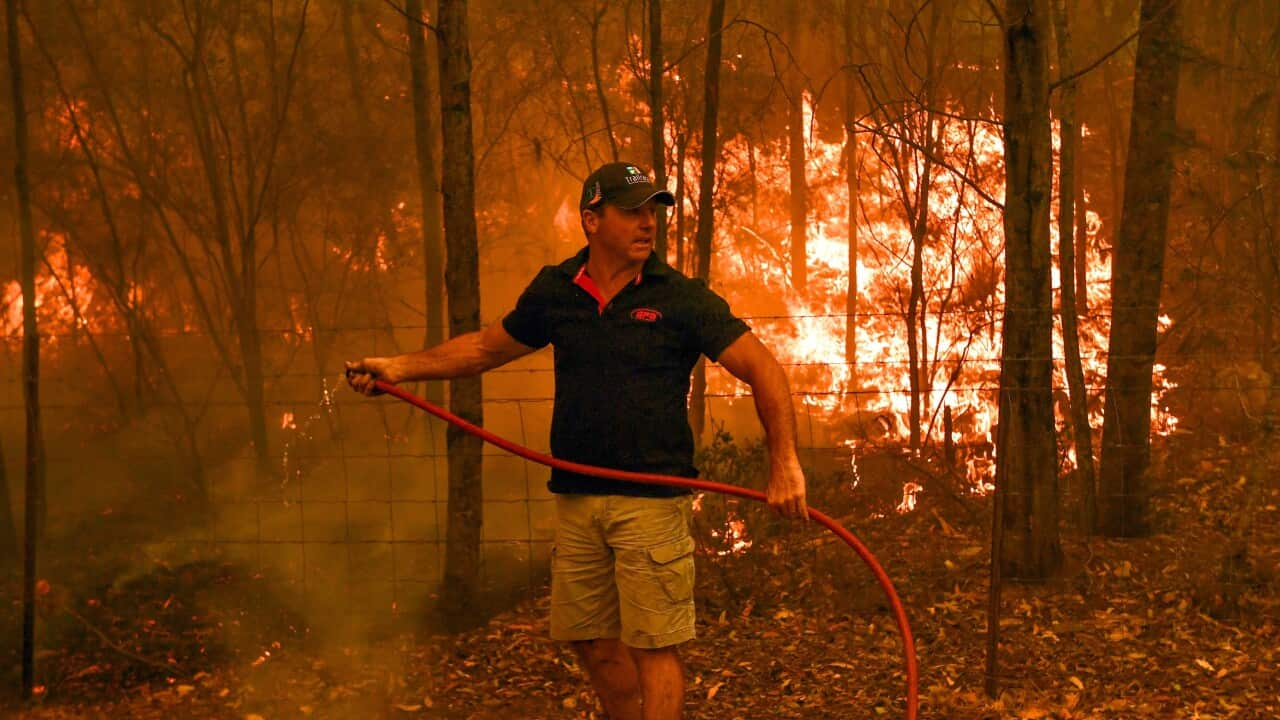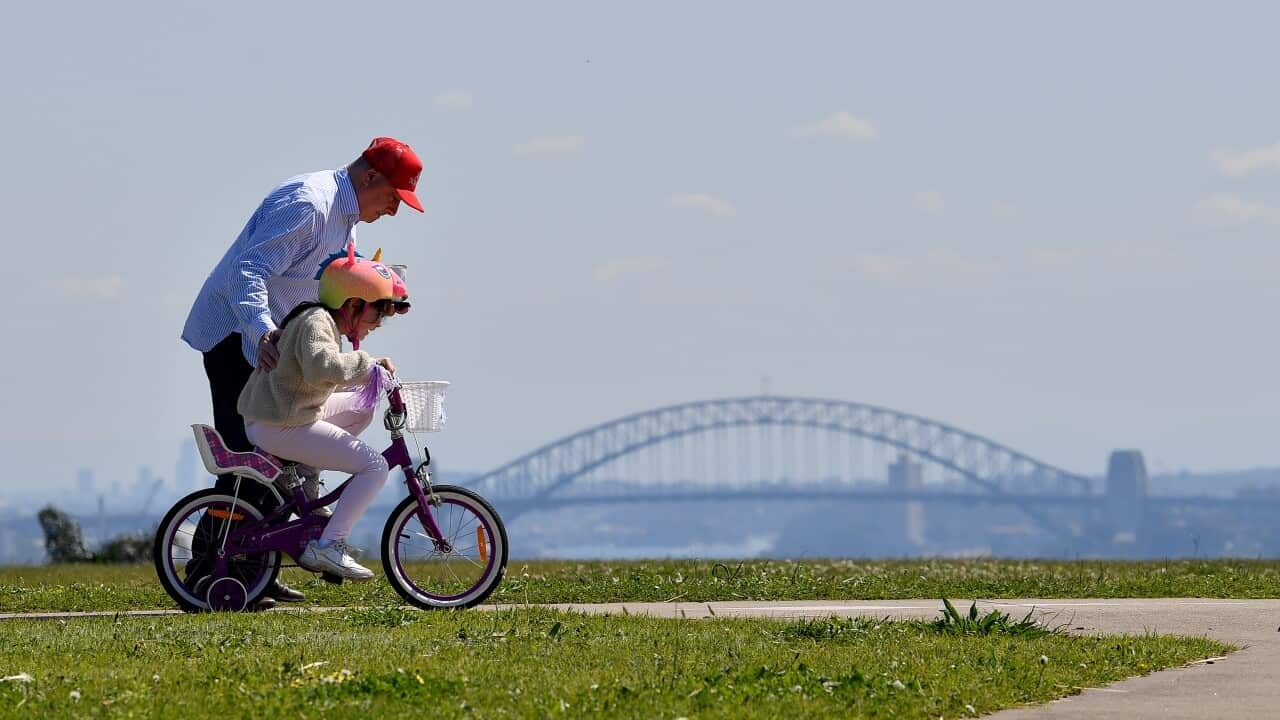Australia's bushfire season is underway, and with hot and dry conditions expected in the coming months, it's forecast to be a particularly dangerous one.
It's not only people in rural or regional areas who are at risk — if you live or are staying somewhere near significant bush, forest, grassland, or coastal scrub, you need to ensure you have a safety plan in place.
Here's how to prepare and what to do if there's a bushfire near you.
Create an emergency fire plan
Getting ready for a bushfire should start well before you and your property are under immediate threat.
One of the first things you should do is create a plan about what to do if there's a fire nearby and ensure everyone in your household is across it.
State and territory fire authorities have templates on their websites to help give you an idea of the kinds of things your plan should include, such as:
- What your sign to leave will be (e.g. smoke in the area, finding out there's a fire nearby)
- What you'll take with you
- Where you'll go
- How you'll travel there
- What route you'll take, and alternative routes if there's already a fire in that area
- What you'll do if you can't leave
Leaving early is your safest choice.
Anyone considering staying behind to defend their home must ensure they're physically and mentally prepared, have adequate firefighting resources, and their property is prepared and defensible.
If it's a Catastrophic fire danger rating day, or an Extreme fire danger day and your home hasn't been specially designed, constructed or modified to withstand a fire, authorities recommend you don't stay behind.
Prepare your property
Your property has a better chance of surviving a bushfire or ember attack if it's well-prepared.
Some simple things you can do to prepare your home against the risk of fire include:
- Clear your gutters
- Keep your lawns cut to 10cm or less
- Trim overhanging branches and shrubs
- Remove any flammable objects or material from around your house, such as outdoor furniture, doormats, woodpiles, dry grass, leaves, bark
- Ensure you have a hose or hoses that will reach around your house
Make up an emergency survival kit
Having an emergency survival kit prepared and stored somewhere that's easy to access will allow you to leave quickly if you're at risk from a bushfire.
Items to put in your emergency survival kit should include:
- Protective clothing
- Food and water
- A mobile phone and charger
- Cash, bank card, credit card
- A change of clothes
- Pure wool blankets
- A first aid kit, medications, and toiletries
- Any important documents, photos, and valuables e.g. passport, will, insurance papers
- A battery-operated radio, torch, and extra batteries
- Contact information for your doctor, local hospital, council, and energy and water companies
Monitor your fire danger
Fire danger ratings are issued on days where there is a fire risk, to give you an indication of how dangerous a blaze could be if one was started.
They are:
- Moderate - plan and prepare
- High - be ready to act
- Extreme - take action now to protect your life and property
- Catastrophic - for your survival, leave bushfire risk areas
Fire warnings are issued once a blaze has started, to give you an indication of the level of threat you face.
They are:
- Advice (Yellow) - an incident has started. There is no immediate danger. Stay up to date in case the situation changes.
- Watch and Act (Orange) - there is a heightened level of threat. Conditions are changing and you need to start taking action now to protect you and your family.
- Emergency Warning (Red) - the highest level of warning. You may be in danger and need to take action immediately. Any delay now puts your life at risk.
For up-to-date information and warnings, monitor local radio, TV, and your relevant fire authority's website and social media accounts.
In an emergency, call 000











